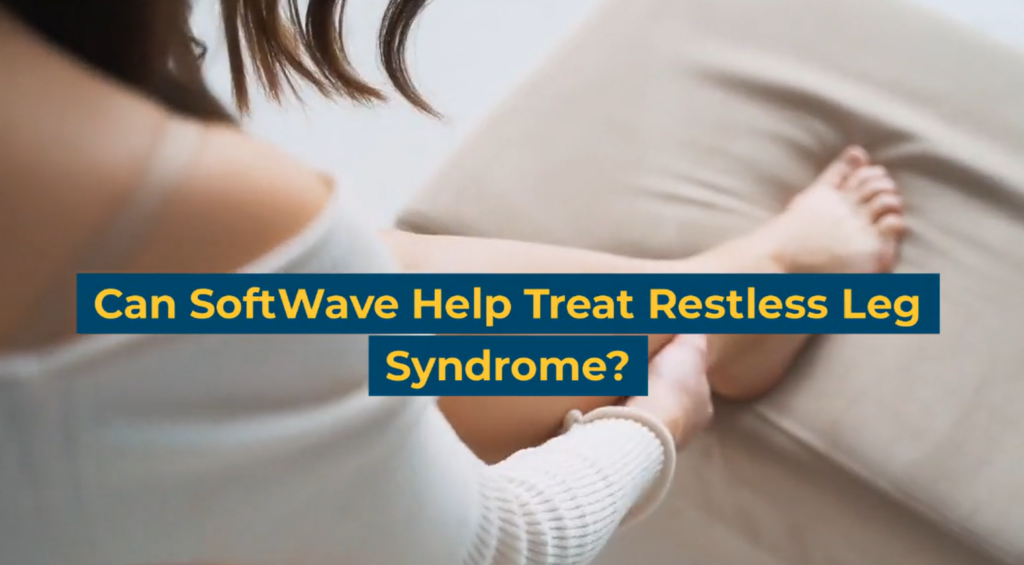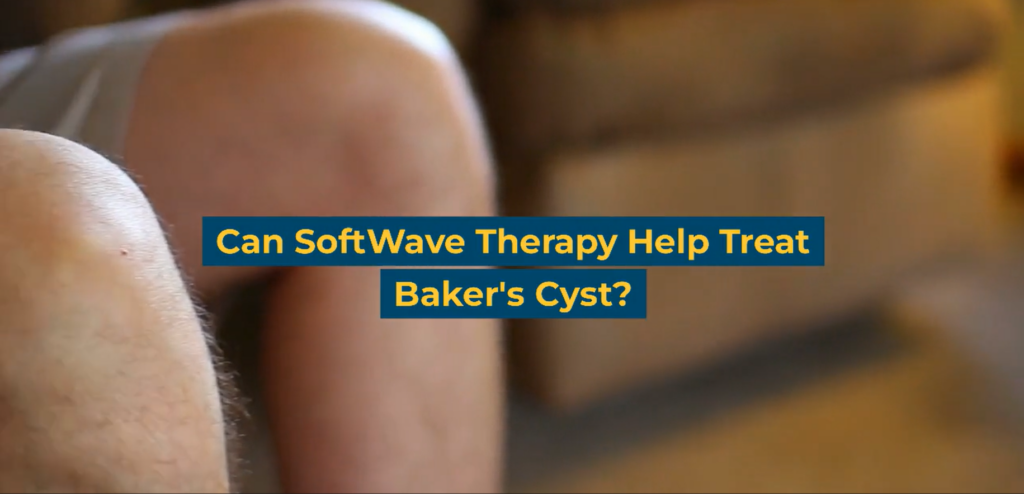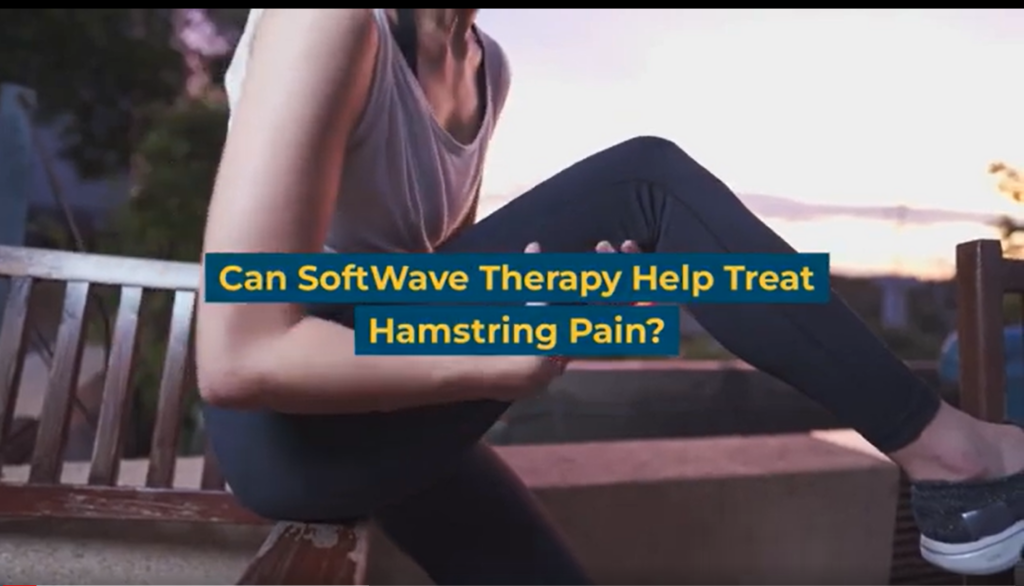Understanding Venous Ulcers: Signs and Symptoms
Venous ulcers are open sores that develop on the lower legs and ankles due to poor blood circulation in the veins. The condition is primarily caused by venous insufficiency, a condition where the valves in the leg veins fail to function correctly, leading to blood pooling in the lower extremities. This pooling of blood increases pressure in the veins, causing damage to the surrounding tissues and eventually leading to ulcer formation.
Common symptoms of venous ulcers include pain, swelling, and itching in the affected area. Over time, these ulcers may become larger and more painful, and they can lead to complications such as cellulitis, which is a bacterial skin infection, deep vein thrombosis or DVT, and, in severe cases, amputation. The impact on a patient’s life is not only physical but also emotional, often causing a decrease in quality of life and limiting their daily activities.
Conventional Treatment Approaches for Venous Ulcers
The treatment of venous ulcers typically involves a combination of therapies, including:
- Compression Therapy: Compression stockings or bandages are used to apply external pressure to the affected leg, helping to improve blood flow and reduce swelling. While effective, compliance can be an issue, and not all patients tolerate compression therapy well.
- Wound Dressings: Various types of wound dressings, such as hydrocolloids or antimicrobial dressings, are applied to the ulcer to promote healing and prevent infection. However, these dressings may need frequent changes and can be costly.
- Surgical Options: In severe cases, surgical procedures like vein stripping or endovenous laser therapy may be necessary to treat the underlying venous insufficiency. While effective, surgery carries risks and a longer recovery period.
Despite these treatment options, venous ulcers can be challenging to heal, and recurrence rates remain high. There is a pressing need for innovative and effective therapies to improve the lives of those suffering from this condition.
What Is SoftWave Therapy?
SoftWave therapy is a non-invasive treatment that utilizes acoustic waves to stimulate the body’s natural healing processes. It differs significantly from conventional treatments as it addresses the root cause of venous ulcers, which is inadequate blood distribution, by enhancing blood flow and promoting tissue regeneration.
The science behind SoftWave therapy lies in its ability to stimulate angiogenesis, or the formation of new blood vessels, and increase the release of growth factors, which play a vital role in wound healing. By doing so, SoftWave therapy offers a holistic approach to treating venous ulcers, rather than merely managing the symptoms.
How SoftWave Therapy Works for Venous Ulcers
SoftWave therapy involves the application of unfocused shockwaves to the affected area. These shockwaves travel through the skin and underlying tissues, increasing blood flow, reducing inflammation, and promoting the growth of new blood vessels.
Patients undergoing SoftWave therapy can expect several benefits, including accelerated wound healing, reduced pain and swelling, improved tissue oxygenation, and enhanced overall circulation. The treatment is generally well-tolerated, with minimal side effects, making it a promising option for those who have exhausted other avenues.
Comparing SoftWave Therapy to Other Treatments for Venous Ulcers
When comparing SoftWave therapy to conventional methods, several advantages become evident:
- Non-Invasiveness: SoftWave therapy does not require surgery, minimizing the risks associated with invasive procedures.
- Enhanced Healing: By addressing the root cause of venous ulcers and promoting tissue regeneration, SoftWave therapy has the potential to provide more lasting results than traditional treatments.
- Minimal Side Effects: SoftWave therapy is generally well-tolerated, with few side effects reported.
- Cost-Effectiveness: While the initial cost may be comparable to some surgical procedures, the long-term benefits and reduced recurrence rates may lead to cost savings over time.
Explore SoftWave Therapy for Venous Ulcers Now
Venous ulcers poses many challenges for patients suffering from it not only physically but also psychologically as they might experience negative emotions such as shame, embarrassment, and loneliness. While conventional therapies can be somewhat effective, they often don’t fully address the underlying sources of the condition. SoftWave Therapy, with its groundbreaking approach, offers optimism to many individuals. By fostering natural healing processes and dealing with the root problems, it emerges as a promising, non-invasive treatment choice for venous ulcers.
SoftWave Therapy treatment could be the solution you’ve been looking for. Find a nearby SoftWave therapy provider and begin your journey towards a life free from pain.
Disclaimer: The information provided in this blog is for educational and informational purposes only and is not intended as a substitute for professional medical advice, diagnosis, or treatment. The content provided in this blog should not be used to diagnose or treat any health problems or illnesses. Always consult with a qualified healthcare professional before making any changes to your healthcare routine or treatment plan.




